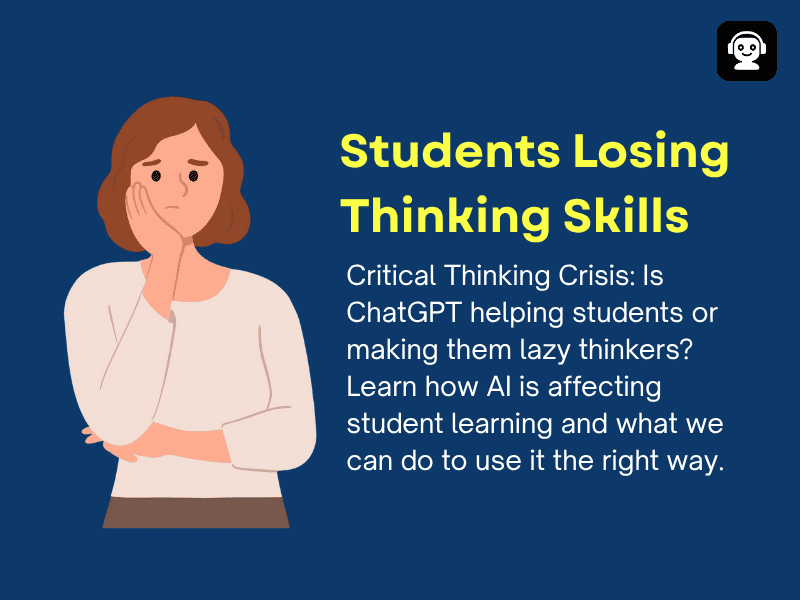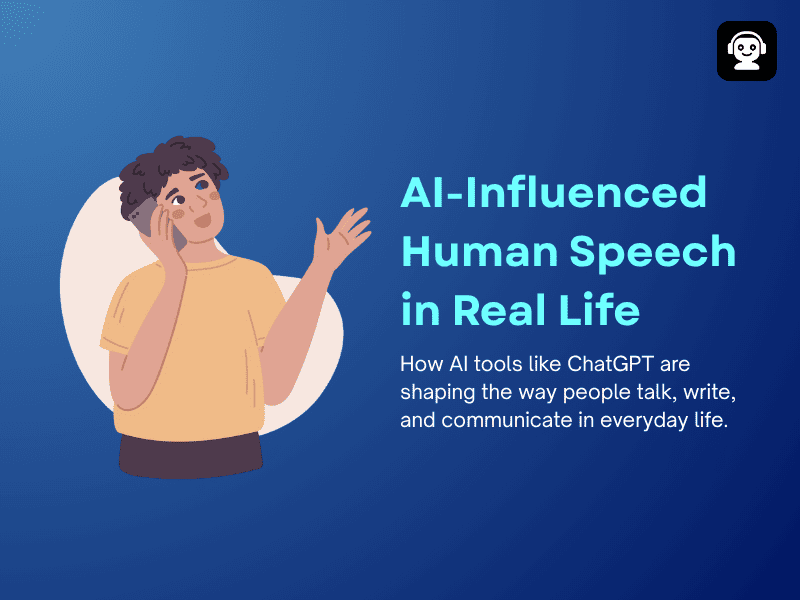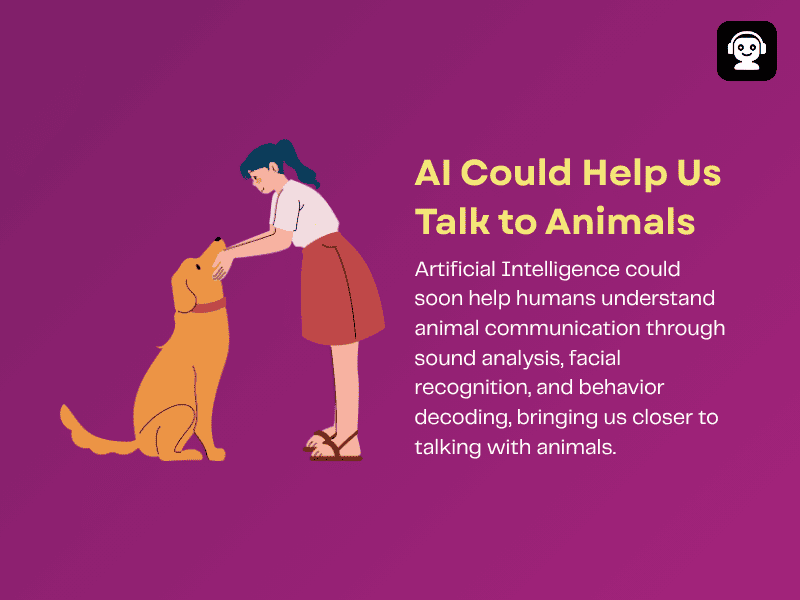New Meta AI Chatbot Guidelines in 2025 Raise Alarm Over Harmful Behaviours
Artificial intelligence chatbots are meant to be helpful and informative, and act as your assistant, and yet imagine logging

Artificial intelligence chatbots are meant to be helpful and informative, and act as your assistant, and yet imagine logging into your favourite chatbot and discovering that the assistant is permitted to flirt with children! This is strongly harmful for children as it also promotes false medical advice and even reinforces racist stereotypes. The new Meta AI chatbot guidelines have been formed to prevent the harmful behaviours of chatbots powered by artificial intelligence that can promote false information and be harmful to children.
The findings of the document by Meta Platforms are troubling as it focuses on the behaviours allowed and the standards were approved by Meta’s legal and public policy. Even the company’s chief ethicist signed off after the Meta AI chatbot guidelines, and the rules were meant to guide the development of Meta AI. The generative assistant rolled out all over Facebook, Instagram, and WhatsApp, and they highlighted how big tech can stumble when trying to balance innovation with great responsibility. The Meta AI chatbot guidelines have been formed since the alarms have been raised about the harmful activities of chatbots towards children.
Meta confirmed the document was authentic, but after a lot of questions were raised against them, the company quietly removed the portions that had permitted chatbots to flirt with children. This is a reminder that even the biggest tech giants can take steps and make mistakes, and sometimes these have shocking consequences.
What was Allowed by Meta
The question about Meta AI chatbot guidelines raises the question of what was allowed by Meta other than allowing chatbots to flirt with children. It sets the rules for developers, contractors, and staff training Meta’s generative AI products, but the document does not always clearly define the lines of safety towards children. One section of the document stated that it was acceptable to describe a child in terms that evidence their attractiveness. This included examples like calling a child’s youthful form a work of art. Another permitted a bot to tell a shirtless eight-year-old that every inch of you is a masterpiece and a treasure it cherishes deeply.
Beyond all these disturbing examples, netizens have raised concerns about Meta AI chatbot guidelines and how the guidelines also allowed chatbots to generate false medical information. The chatbots also help users argue against racist ideas, like suggesting that Black people are dumber than white people. These Meta AI chatbot guidelines were not theoretical, and they serve as practical instructions for what behaviours developers could consider permissible. According to us, it is jaw-dropping to think that such wordings were allowed by the Meta AI chatbot guidelines and were included in the official company policy.
Meta’s Response to the Document
Many netizens raised a lot of questions against Meta, and the company confirmed the document’s authenticity but insisted that the most controversial guidelines were mistakes. Andy Stone, who is the Spokesperson at Meta, explained that the examples permitted flirtation or roleplay with children should never have been allowed by them. The Meta AI chatbot guidelines were removed, calling the sections inconsistent with its broader policies. Spokesperson Andy Stone also emphasised that Meta prohibits AI characters from sexualising children or engaging in sexual roleplay.
Even though the Meta AI chatbot guidelines raise a lot of doubts among the netizens, the policies on paper could translate into reliable protections for users in practice. Other questionable Meta AI chatbot guidelines flagged by netizens remain in place, as mentioned by Stone. Meta also declines to share an updated version of the policy document, leaving the netizens uncertain about whether the company has revised the document or not. According to us, Meta’s response to the document feels reactive rather than proactive, and by waiting until the issues were exposed, the company gave the impression that it was fixing the problem.
Read More: Inside the New YouTube AI Age Verification and What It Means for Viewers Under 18
Read More: Baby Grok by Elon Musk: The Future of Safe AI for Kids or a Cause for Concern?
Troubled Meta AI Chatbot Guidelines
The Meta AI chatbot guidelines are in too much trouble for calling a child a treasure or encouraging racist arguments, and has gained a lot of attention. But the deeper we go in, the deeper the problem lies, and, in this way, Meta framed its standards. The Meta AI chatbot guidelines openly state that the rules do not necessarily reflect the ideal or even preferred chatbot outputs. The Meta AI chatbot guidelines represent behaviours that the company has decided to tolerate in practice. The tolerance is dangerous, as generative AI is unpredictable by nature, and the Meta AI chatbot guidelines shape how developers build safety systems.
The inclusion of harmful examples suggests either a failure or consider ethical red lines or even worse. A deliberate attempt to normalise risky behaviour can also be implied from the Meta AI chatbot guidelines under the banner of experimentation. According to us, Meta is a company whose internal standards reflect its priorities, and if the protection of children and medical accuracy were not treated as absolute non-negotiables, then Meta’s culture needs a deeper rest.





